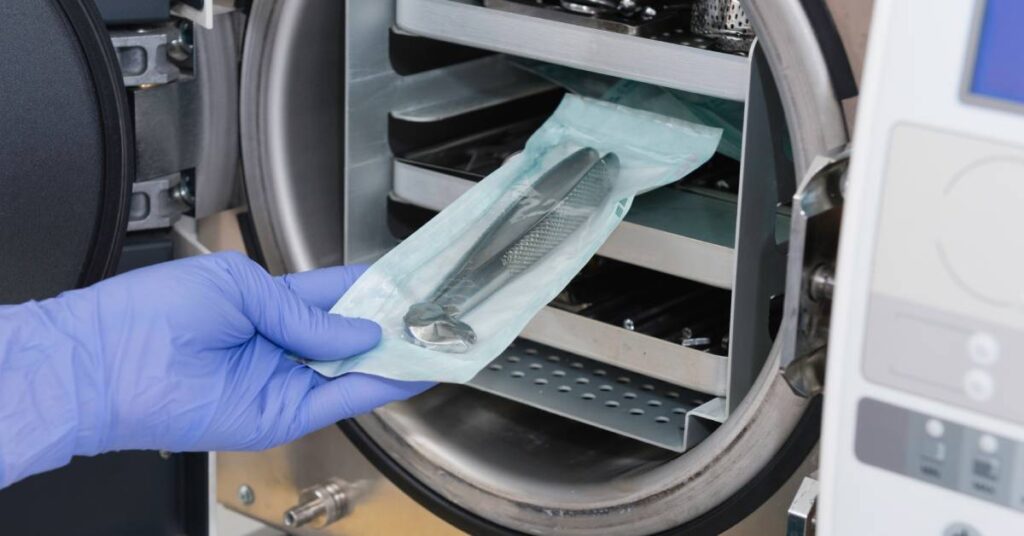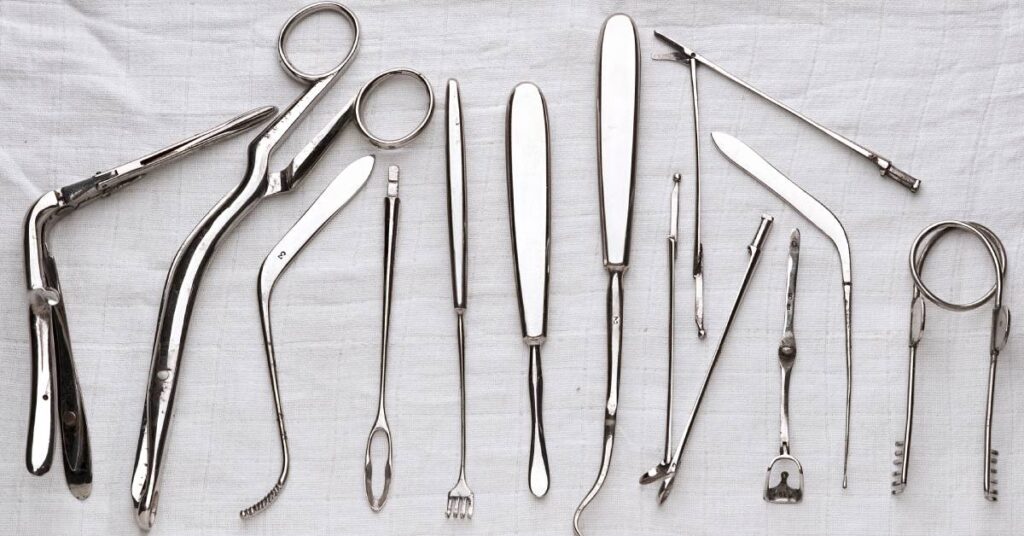Effective sterilization processes are essential for reusable medical devices. Without proper cleaning and sterilization, contamination can linger on a medical device after reprocessing, creating a serious health risk for patients. That is why medical device developers must complete comprehensive validation tests to obtain market approval. These tests ensure a device’s cleaning and sterilization processes and instructions for use are safe and effective enough for the proper reprocessing of reusable medical devices in a clinical setting.
Half-cycle and full-cycle testing play a vital role in validation processes and real-world sterilization procedures. They provide comprehensive and dependable test results that accurately represent how device reprocessing would work in a clinical setting. Learn about the difference between half- and full-cycle testing and explore the role each type of process plays in medical device sterilization validation.
What Is Half-Cycle Efficacy Testing?
Half-cycle testing, also known as the overkill method, revolves around determining how effective a sterilization process is at eliminating contamination from a reusable medical device. This form of sterilization efficacy testing involves performing the sterilization process with unideal conditions. For example, if a manufacturer wants to validate a 270°F steam sterilization cycle at 4 minutes of exposure time, the testing would be performed at 270°F with 2 minutes of exposure time. The goal is to validate that the sterilization process works even when following the least rigorous option. If the sterilization process works with half-cycle testing, it’s going to be effective and reliable in a real-world clinical setting. This means end users can trust the reusable medical device and its instructions for use when it was validated using the 100 percent overkill method of validation.
What Is Full-Cycle Efficacy Testing?
A notable difference between half- and full-cycle testing is that the latter process happens in a real-world setting, such as with hospital staff in a sterilization processing department. As such, full-cycle testing means replicating the actual sterilization parameters used by the end users. This involves running the reusable medical device through the same sterilization process that hospital staff or other intended end users will perform in a real-world setting. Full-cycle testing is just another method that uses highly resistant spores to document that if someone follows the instructions for use and performs the sterilization process as directed, the process will be effective and the device will be safe for reuse.
Half-Cycle Testing Makes Up the Majority

The Food and Drug Administration (FDA) will review both half- and full-cycle tests when considering a reusable medical device for market approval. However, the vast majority of sterilization efficacy tests—around 95 percent—are half-cycle tests. This is because half-cycle testing provides a higher level of assurance that the sterilization process works, even in unideal conditions. For most devices, it offers a lower level of risk and creates a more reliable validation process.
How To Perform Half-Cycle Testing
The FDA guidance document Reprocessing Medical Devices in Health Care Settings: Validation Methods and Labeling Guidance for Industry and Food and Drug Administration Staff details recommendations for validating a device’s sterilization process with half-cycle testing.
Half-cycle testing should involve performing the least rigorous implementation of the sterilization procedure on devices that are the most challenging to reprocess and the most contaminated they can be. These guidelines replicate worst-case conditions in a real-world healthcare setting. They also prove that the sterilization process is still effective even in the least accessible parts of the device.
HIGHPOWER’s half-cycle testing typically involves running a device through an FDA-cleared sterilization cycle for only half the intended exposure time. It also involves testing overly contaminated devices soiled with a minimum of 106 spores of a highly resistant organism. These stringent conditions prove the efficacy of the sterilization process even in worst-case scenarios.
FDA guidance also outlines recommendations for inoculation sites, biological indicators, and simulated use conditions for the sterilization efficacy tests.
Choosing Inoculation Sites
Choosing the right placement for the biological indicator spores on the device is also an important aspect of mimicking real-world worst-case conditions. Use the highly resistant spores to inoculate the worst caseareas of the device that would come into contact with contaminated surfaces in a clinical setting. This includes difficult-to-clean and sterilize areas of the device, such as corners, nooks, crannies, hinges, mated surfaces, lumens, knurled areas, etc. Being thorough with inoculation sites ensures that the sterilization process adequately reaches the entire device, which means it is an effective solution for eliminating the risk of cross-contamination.
Creating Simulated Use Conditions
The goal of half-cycle testing is to replicate the harshest possible clinical conditions so healthcare users have peace of mind that the sterilization process will always work. Simulated use conditions help with this by addressing specific challenges and circumstances that can arise in a clinical setting.
Simulated use conditions also refer to any conditions the device undergoes in a clinical setting, such as powered instruments growing hot during use. Replicating these conditions creates a more accurate and reliable validation process.
Simulated Use Testing
Simulated use can be a form of testing all on its own if any of the following conditions are present during a device sterilization efficacy validation:
- Claims for complex lumened devices, such as dental handpieces; or
- New sterilization parameters which differ from the traditional sterilization cycle parameters (e.g., for steam, temperatures other than 121° and 132° C; and for dry heat, temperatures other than 160° and 190° C)
Full-Cycle Steam Validation Is an Exception

When using steam sterilization validation, some medical device developers will choose full-cycle testing instead of half-cycle validation. This is because steam sterilization is a tried-and-true process that the industry has relied on for years. Therefore, the US FDA allows full-cycle validation in some device submissions, as long as this method can validate a sterility assurance level (SAL) of 10-6, which is the same requirement as with half-cycle testing. This level of reliability can prove that full-cycle testing remains dependable and effective.
Validate Sterilization Processes With HIGHPOWER Labs
HIGHPOWER offers steam sterilization validation and other sterilization efficacy tests to verify your device reprocessing procedures. Let our experts help you with this aspect of the approval process when you contact our team today.
